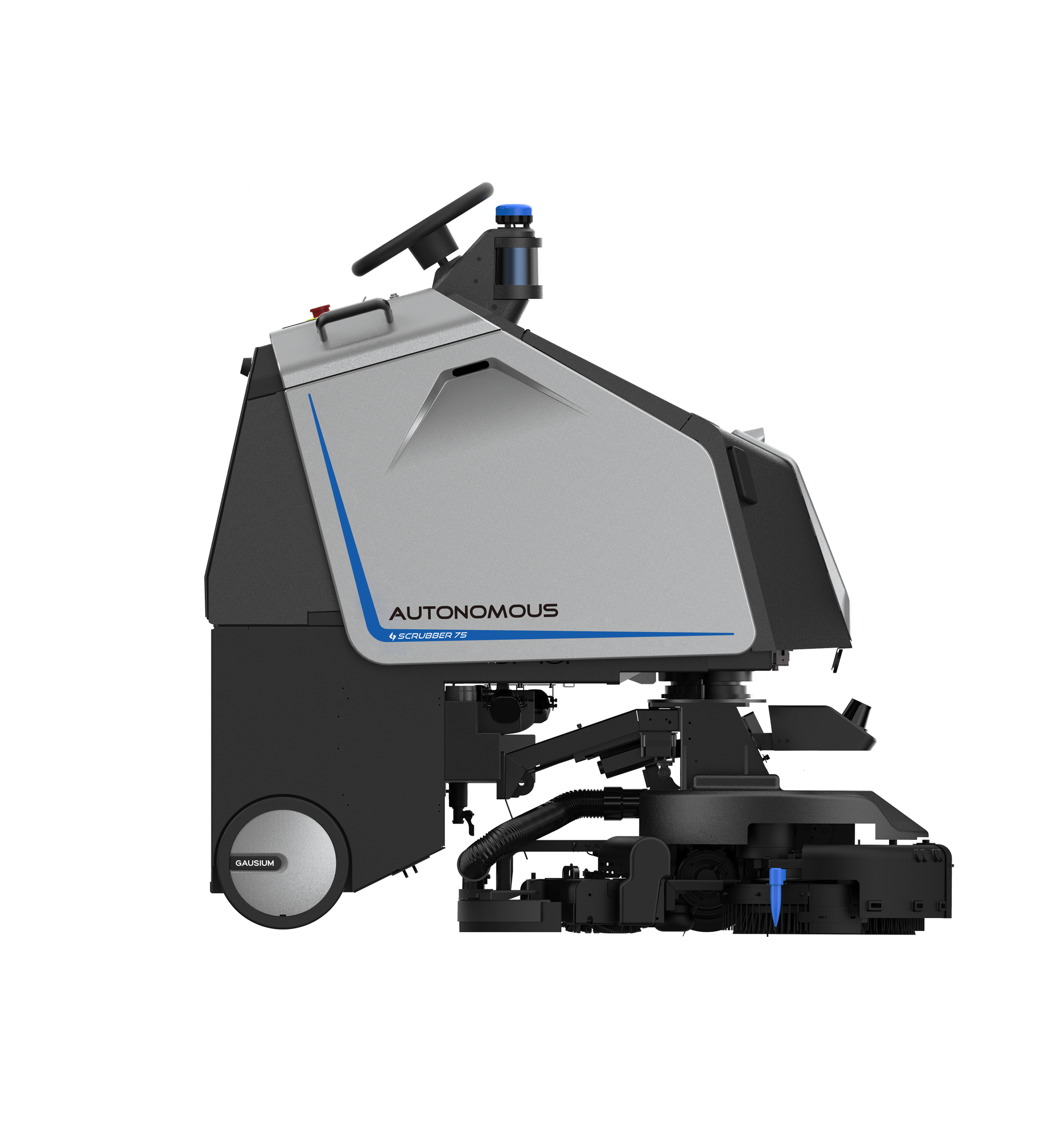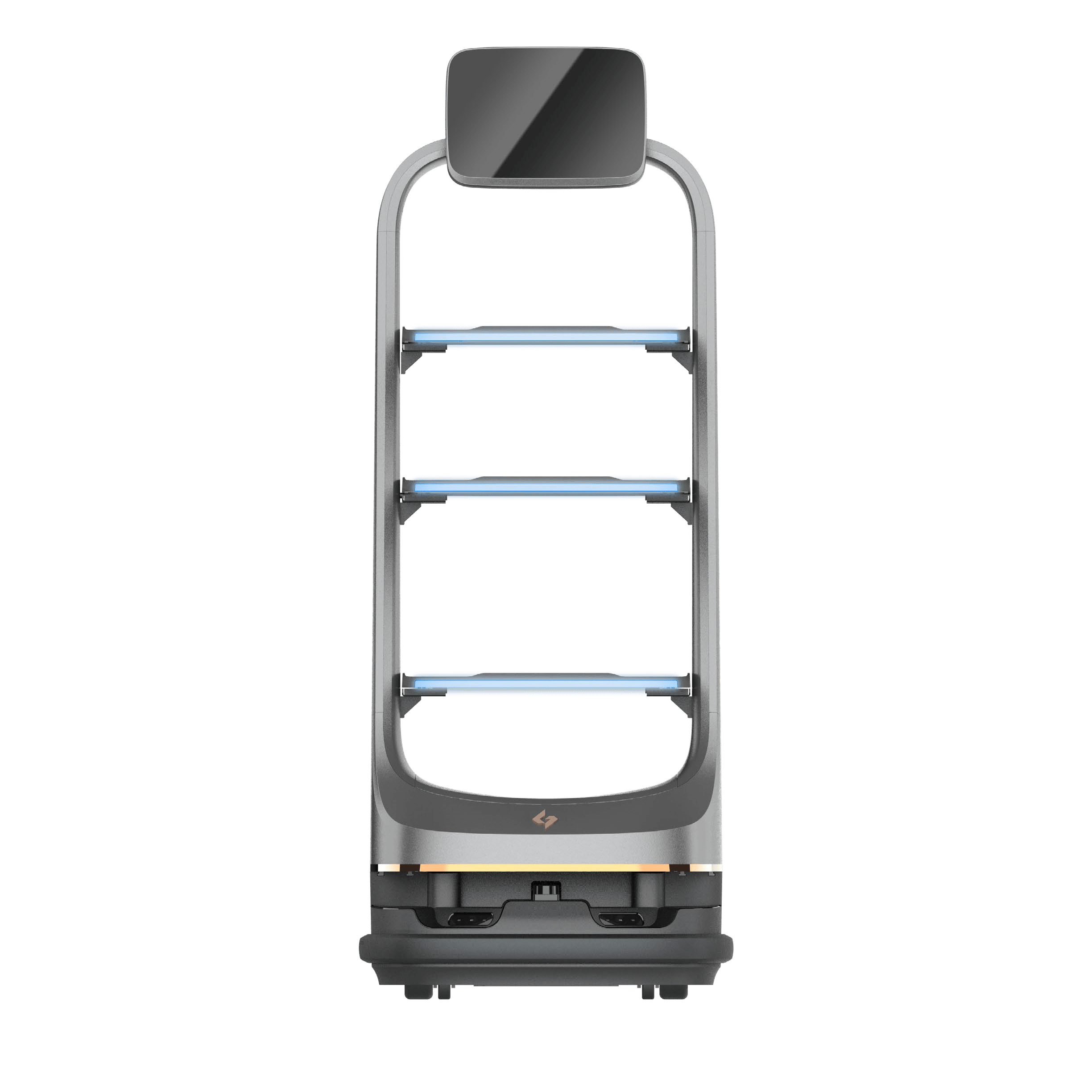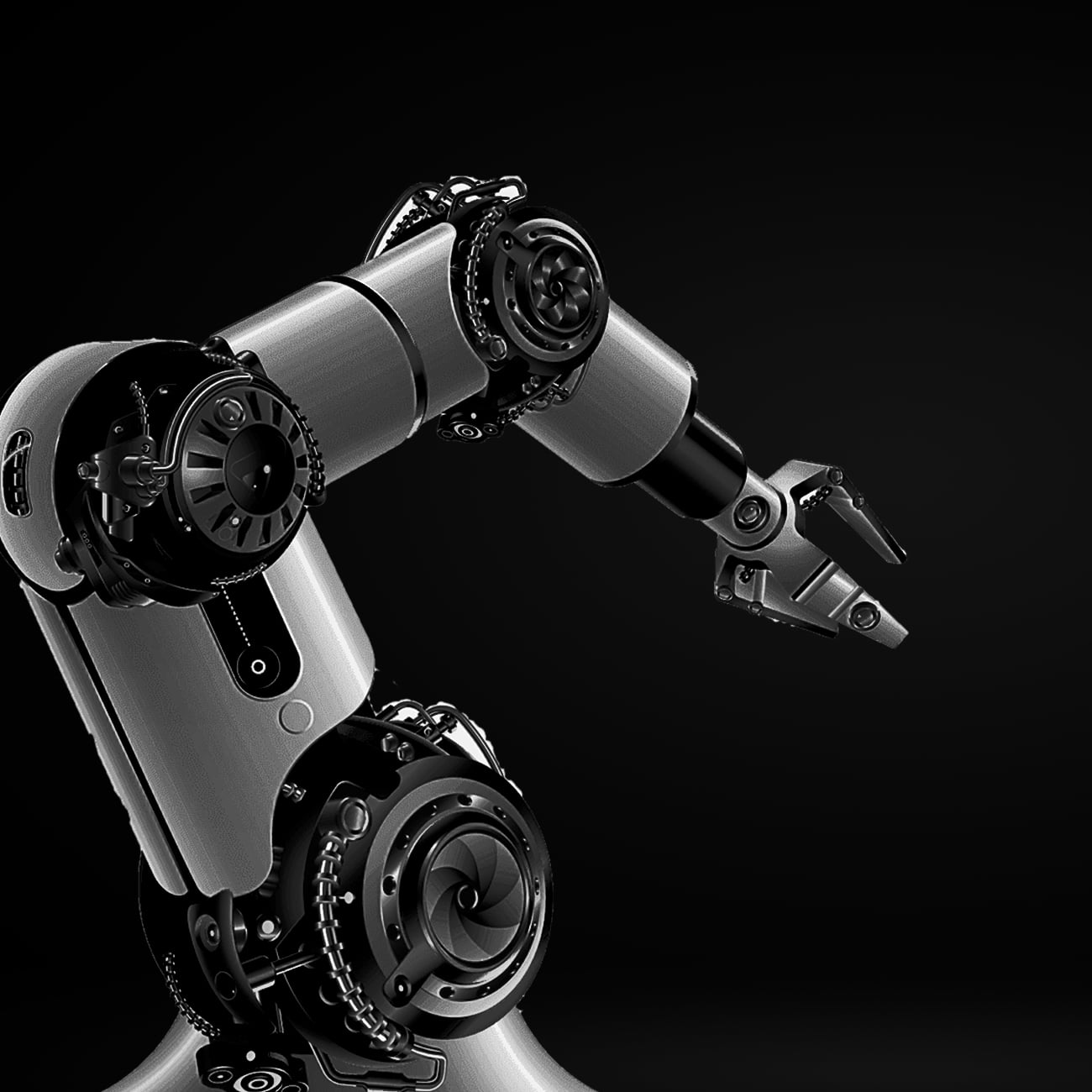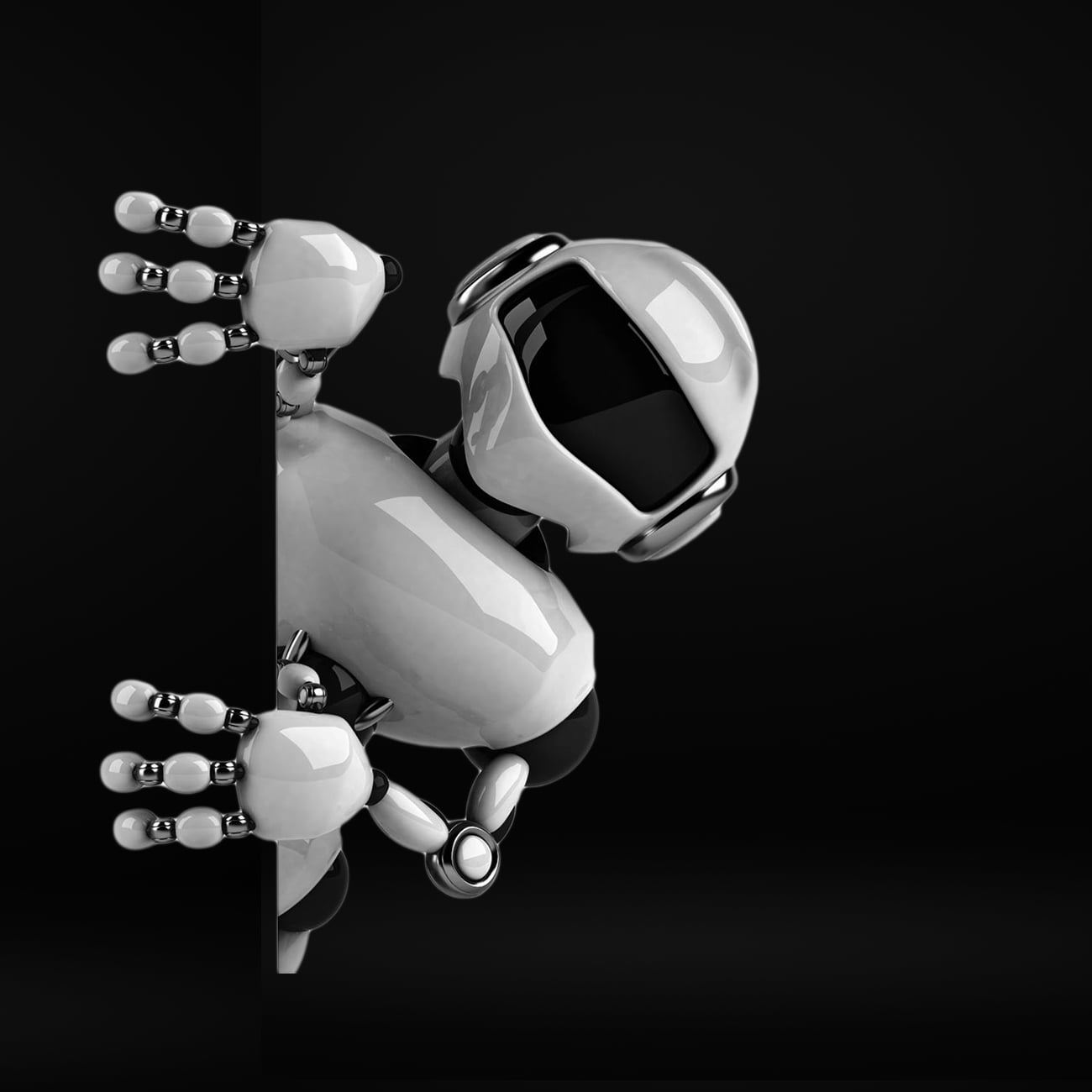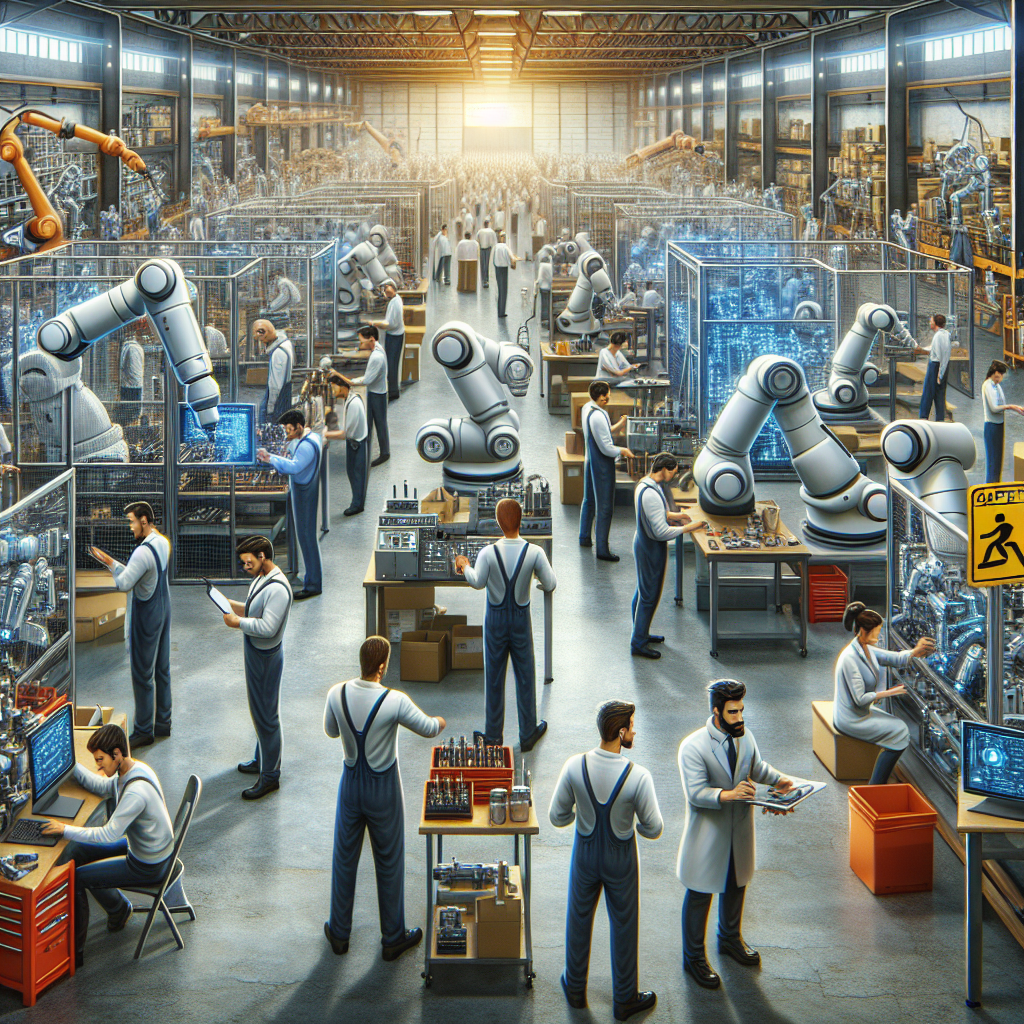-
Table of Contents
“Empowering Industry with Precision Robotics Solutions.”
Company Robotics Provision specializes in the deployment of industrial robots, providing innovative automation solutions that enhance operational efficiency and productivity across various industries. With a focus on integrating advanced robotic technologies, the company offers tailored services that include system design, installation, and ongoing support. Their expertise in robotics enables businesses to streamline processes, reduce labor costs, and improve safety in the workplace, positioning Robotics Provision as a leader in the industrial automation sector.
Future Trends In Robotics Provision For Industries
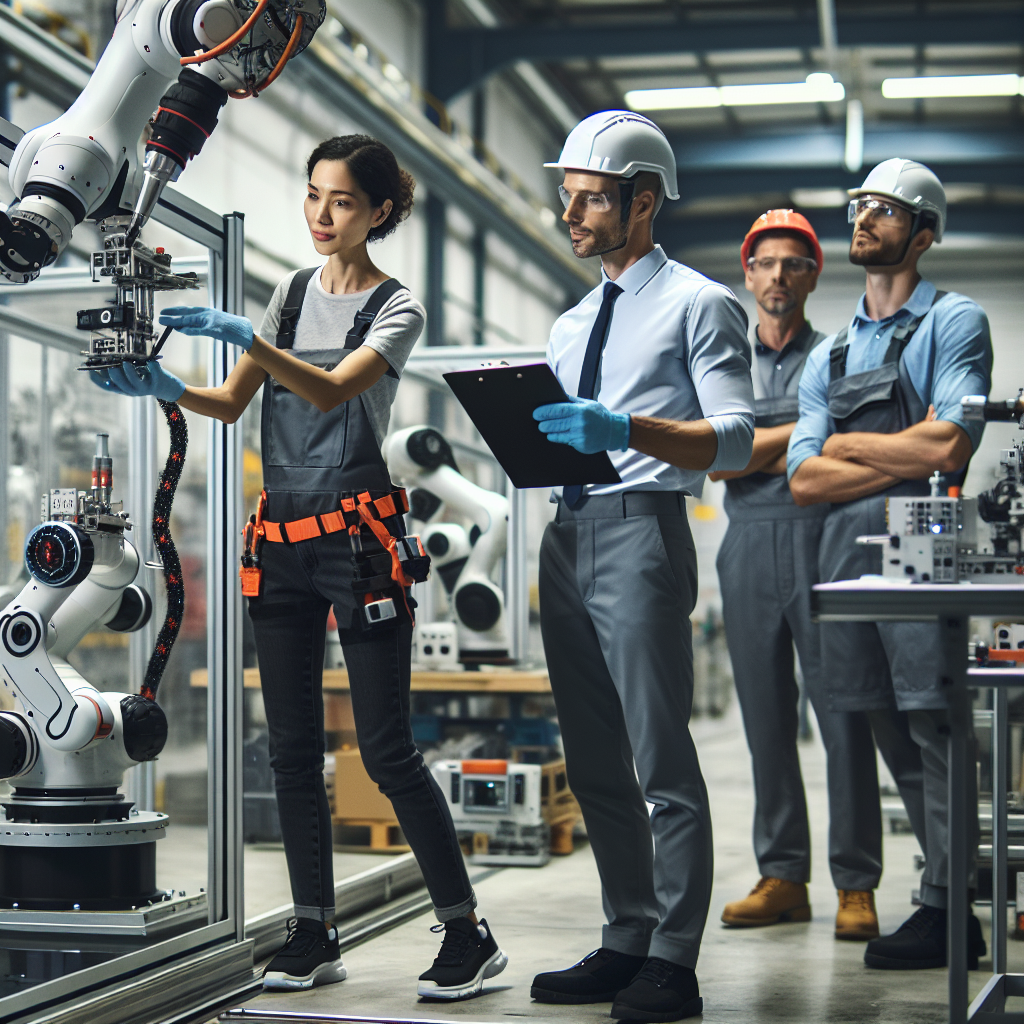
As industries continue to evolve in response to technological advancements, the future of robotics provision is poised for significant transformation. The integration of industrial robots into manufacturing processes has already demonstrated remarkable efficiency and productivity gains. However, as we look ahead, several key trends are emerging that will shape the landscape of robotics provision in various sectors.
One of the most notable trends is the increasing adoption of collaborative robots, or cobots. Unlike traditional industrial robots that operate in isolation, cobots are designed to work alongside human workers, enhancing productivity while ensuring safety. This shift towards collaboration is driven by the need for flexibility in manufacturing environments. As companies strive to meet the demands of customized production, cobots offer a versatile solution that can be easily reprogrammed and deployed across different tasks. This adaptability not only streamlines operations but also reduces the barriers to entry for smaller businesses looking to implement robotic solutions.
Moreover, advancements in artificial intelligence and machine learning are set to revolutionize the capabilities of industrial robots. As these technologies continue to mature, robots will become increasingly autonomous, capable of making real-time decisions based on data analysis. This evolution will enable robots to optimize their performance, predict maintenance needs, and even adapt to changing production conditions without human intervention. Consequently, industries can expect enhanced operational efficiency and reduced downtime, ultimately leading to cost savings and improved competitiveness.
In addition to AI, the Internet of Things (IoT) is playing a pivotal role in the future of robotics provision. By connecting robots to a network of sensors and devices, companies can gather and analyze vast amounts of data to inform their operations. This connectivity allows for better monitoring of equipment performance, enabling predictive maintenance and minimizing unexpected failures. Furthermore, IoT integration facilitates seamless communication between robots and other machinery, creating a more cohesive and efficient production environment. As industries embrace this interconnected approach, the potential for innovation and optimization will expand significantly.
Another trend that cannot be overlooked is the growing emphasis on sustainability within robotics provision. As environmental concerns become increasingly pressing, industries are seeking ways to reduce their carbon footprint and enhance energy efficiency. Robotics can play a crucial role in this endeavor by optimizing resource usage and minimizing waste. For instance, robots can be programmed to operate during off-peak energy hours or to utilize renewable energy sources. Additionally, the development of eco-friendly materials for robot construction is gaining traction, further aligning robotics with sustainability goals.
Furthermore, the workforce landscape is evolving alongside these technological advancements. As robots take on more repetitive and hazardous tasks, human workers can focus on higher-value activities that require creativity and critical thinking. This shift necessitates a re-evaluation of workforce training and development programs to equip employees with the skills needed to thrive in a more automated environment. Companies that invest in upskilling their workforce will not only enhance employee satisfaction but also foster a culture of innovation that drives long-term success.
In conclusion, the future of robotics provision in industries is characterized by collaboration, intelligence, connectivity, sustainability, and workforce transformation. As companies navigate this dynamic landscape, those that embrace these trends will be well-positioned to leverage the full potential of industrial robots. By doing so, they can enhance operational efficiency, drive innovation, and ultimately secure a competitive edge in an increasingly automated world. The journey ahead promises to be both challenging and rewarding, as industries harness the power of robotics to redefine their operational paradigms.
Key Considerations For Successful Robot Integration
The integration of industrial robots into manufacturing processes has become a pivotal strategy for companies aiming to enhance efficiency, reduce costs, and improve product quality. However, successful robot integration is not merely about purchasing and deploying robotic systems; it requires a comprehensive understanding of several key considerations that can significantly influence the outcome of such initiatives. First and foremost, it is essential to conduct a thorough assessment of the existing workflows and processes. This evaluation helps identify specific areas where automation can yield the most substantial benefits. By analyzing production bottlenecks, labor-intensive tasks, and quality control issues, companies can pinpoint opportunities for robotic intervention that align with their operational goals.
Moreover, engaging stakeholders from various departments early in the integration process is crucial. This collaborative approach ensures that the insights and concerns of those who will interact with the robots daily are taken into account. For instance, operators, engineers, and maintenance personnel can provide valuable feedback on the practical implications of robot deployment, which can inform decisions about the types of robots to use and how they should be programmed. Additionally, fostering a culture of openness and adaptability within the workforce can ease the transition to automated systems. Employees who feel involved in the process are more likely to embrace the changes, leading to a smoother integration.
Another critical consideration is the selection of the right technology. With a plethora of robotic solutions available, companies must carefully evaluate their options based on specific operational needs. Factors such as payload capacity, precision, speed, and compatibility with existing systems should guide the decision-making process. Furthermore, it is essential to consider the scalability of the chosen technology. As market demands evolve, the ability to adapt and expand robotic capabilities can provide a significant competitive advantage. Therefore, investing in flexible and modular robotic systems can facilitate future growth and innovation.
Training and support are also vital components of successful robot integration. Once the robots are deployed, it is imperative to provide comprehensive training for employees who will operate and maintain these systems. This training should encompass not only the technical aspects of operating the robots but also safety protocols and troubleshooting procedures. By equipping staff with the necessary skills and knowledge, companies can minimize downtime and maximize productivity. Additionally, establishing a robust support system, including access to technical assistance and maintenance services, can further enhance operational efficiency.
Furthermore, continuous monitoring and evaluation of the robotic systems post-deployment are essential for ensuring long-term success. By implementing key performance indicators (KPIs) and regularly reviewing operational data, companies can assess the effectiveness of their robotic integration. This ongoing analysis allows for timely adjustments and improvements, ensuring that the robots continue to meet evolving business needs. Moreover, fostering a feedback loop where employees can share their experiences and suggestions can lead to further enhancements in the integration process.
In conclusion, the successful integration of industrial robots requires a multifaceted approach that encompasses thorough assessment, stakeholder engagement, technology selection, training, and continuous evaluation. By addressing these key considerations, companies can not only enhance their operational efficiency but also position themselves for sustained growth in an increasingly automated future. As the landscape of manufacturing continues to evolve, those who prioritize thoughtful and strategic robot integration will undoubtedly reap the rewards of increased productivity and competitiveness.
Benefits Of Industrial Robot Deployment
The deployment of industrial robots has become a transformative force in modern manufacturing and production environments, offering a multitude of benefits that extend beyond mere automation. As companies increasingly seek to enhance efficiency and productivity, the integration of robotics into their operations has emerged as a strategic imperative. One of the most significant advantages of industrial robot deployment is the substantial increase in operational efficiency. Robots can perform repetitive tasks with precision and speed, reducing cycle times and minimizing human error. This heightened efficiency not only accelerates production rates but also allows human workers to focus on more complex and value-added activities, thereby optimizing the overall workflow.
Moreover, the consistency and reliability of industrial robots contribute to improved product quality. Unlike human workers, robots do not suffer from fatigue or distraction, which can lead to variations in output. By maintaining a high level of accuracy and repeatability, robots ensure that products meet stringent quality standards, ultimately enhancing customer satisfaction and brand reputation. This consistency is particularly crucial in industries where precision is paramount, such as electronics, automotive, and pharmaceuticals.
In addition to quality and efficiency, the deployment of industrial robots can lead to significant cost savings. While the initial investment in robotic technology may seem substantial, the long-term financial benefits often outweigh these costs. Robots can operate continuously without the need for breaks, overtime pay, or benefits, leading to lower labor costs over time. Furthermore, the reduction in waste and rework due to improved quality can result in substantial savings, allowing companies to allocate resources more effectively and invest in further innovation.
Another compelling benefit of industrial robot deployment is the enhancement of workplace safety. Robots can take on hazardous tasks that pose risks to human workers, such as handling heavy materials, working in extreme temperatures, or operating in environments with toxic substances. By delegating these dangerous tasks to robots, companies can significantly reduce the likelihood of workplace accidents and injuries, fostering a safer working environment. This not only protects employees but also helps organizations comply with safety regulations and reduce insurance costs.
Transitioning to a more advanced technological landscape, the deployment of industrial robots also facilitates greater flexibility and scalability in production processes. Modern robots can be programmed and reconfigured to handle various tasks, allowing companies to adapt quickly to changing market demands or product lines. This adaptability is particularly beneficial in today’s fast-paced business environment, where consumer preferences can shift rapidly. As a result, companies can respond to market changes with agility, maintaining a competitive edge.
Furthermore, the integration of robotics into manufacturing processes can drive innovation. By automating routine tasks, organizations can free up human resources to focus on research and development, leading to the creation of new products and services. This shift not only fosters a culture of innovation but also positions companies to capitalize on emerging trends and technologies.
In conclusion, the benefits of industrial robot deployment are multifaceted, encompassing increased efficiency, improved quality, cost savings, enhanced safety, flexibility, and innovation. As businesses continue to navigate the complexities of the modern marketplace, the strategic implementation of robotics will undoubtedly play a crucial role in shaping the future of manufacturing. By embracing this technology, companies can not only streamline their operations but also pave the way for sustainable growth and success in an increasingly competitive landscape.
Q&A
1. **What services does Robotics Provision offer for industrial robot deployment?**
Robotics Provision provides comprehensive services including robot selection, system integration, programming, and ongoing support to ensure efficient deployment of industrial robots in manufacturing environments.
2. **What industries does Robotics Provision primarily serve?**
Robotics Provision primarily serves industries such as automotive, electronics, food and beverage, and pharmaceuticals, where automation can significantly enhance productivity and efficiency.
3. **How does Robotics Provision ensure the successful integration of robots into existing workflows?**
Robotics Provision conducts thorough assessments of existing workflows, collaborates with clients to customize solutions, and provides training for staff to ensure seamless integration and minimal disruption during the deployment of industrial robots. Company Robotics Provision specializes in the deployment of industrial robots, offering tailored solutions that enhance operational efficiency and productivity in manufacturing environments. Their expertise in integrating advanced robotic systems allows businesses to streamline processes, reduce labor costs, and improve precision in production. By leveraging cutting-edge technology and providing comprehensive support, Robotics Provision positions itself as a leader in the industrial automation sector, driving innovation and competitiveness for its clients.
